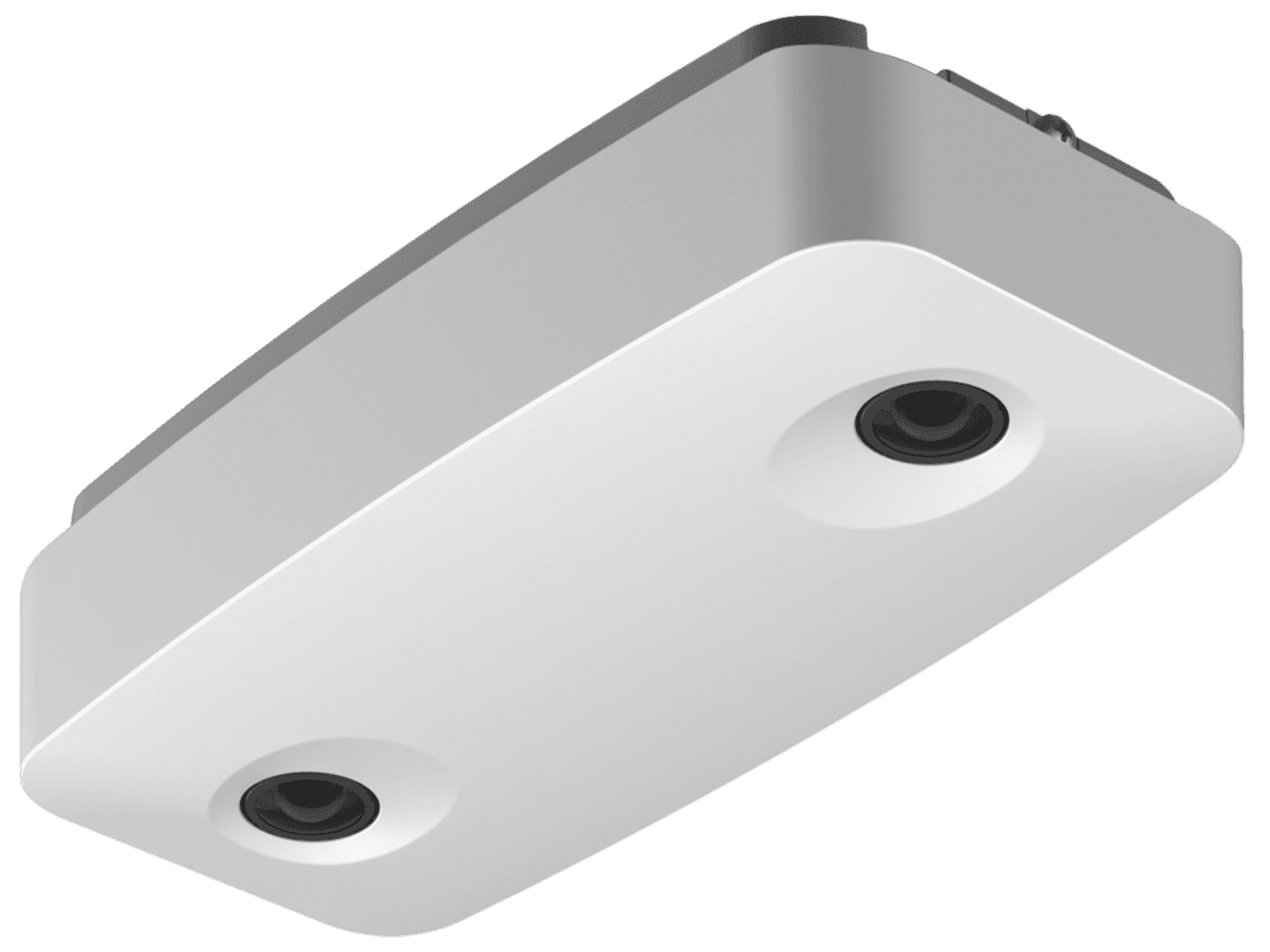What Is The GDPR's Effect On Data Collection In Retail?

In an era where data has become a valuable commodity, the retail industry has found itself at the crossroads of innovation and privacy concerns. The General Data Protection Regulation (GDPR), introduced in 2018, has ushered in a new era of data protection and privacy rights for individuals within the European Union (EU) and beyond (Iceland, Norway, and Liechtenstein). Having celebrated its 5th anniversary in May, this regulation continues to be a game-changer, setting the precedent for privacy and data laws around the world. This regulation has far-reaching implications for data collection practices, particularly within the retail sector, which heavily relies on customer insights to tailor experiences and drive sales.
Consumers worldwide are increasingly concerned with their data privacy. In response, businesses have to be more mindful to maintain trust. The 2023 Cisco Data Privacy Benchmark Study shows that
94% of organizations say their customers won’t buy from them if data is not properly protected;
95% of organizations say that all their employees need to know how to protect data privacy;
95% of organizations consider privacy a business imperative.
This blog delves into the significance of GDPR (dramatically hailed Europe’s “Data D-Day” when it was introduced), its effects on data collection practices, and how modern retail, with its strong dependence on in-store data collection, is navigating this transformative time.
READ MORE: Generative AI’s Effect On Brick-And-Mortar Retail
Understanding GDPR
The General Data Protection Regulation is a comprehensive data protection framework that was introduced by the European Union to provide individuals with greater control over their personal data and to enhance the transparency and accountability of organizations handling that data. It replaces the outdated Data Protection Directive of 1995 and represents a significant leap forward in terms of addressing the challenges posed by rapid technological advancements in data processing and the proliferation of online services.
GDPR was introduced to accomplish several key objectives, including enhanced privacy rights (ie. granting individuals more control over their personal data, allowing them to know who collects their data, for what purposes, and how it's processed), explicit and informed consent with regard to data collection and sharing, and increased data portability. Perhaps most notable for organizations, though, is the emphasis on accountability (and resultant penalties for non-compliance). Now, organizations are required to implement stringent data protection measures and can face severe penalties for non-compliance, which could amount to a percentage of their annual revenue. In 2022, European data regulators issued a record €1.65 billion in fines, a 50% increase from 2021. This makes GDPR a costly consideration: infringement could cost businesses millions, as well as the trust of their partners and customers.
Effects Of GDPR On Data Collection Practices
The introduction of GDPR has had profound effects on data collection practices across all industries, including the retail sector. Here are some of the most notable changes:
Explicit Consent
One of the most significant changes is the requirement for explicit consent from individuals before their data can be collected. This means that retailers can no longer rely on vague terms and conditions or pre-ticked checkboxes to obtain consent. Instead, they must clearly explain how data will be used and give individuals the option to opt in.
Data Minimization
Retailers must adopt the principle of data minimization, meaning they should only collect the data necessary for a specific purpose. This requires a reevaluation of existing data collection methods and a focus on gathering only relevant information.
Data Security Measures
GDPR mandates that organizations implement robust data security measures to safeguard the collected data. This is particularly pertinent in the retail industry, where customer payment information and other sensitive details are often stored.
Individual Rights
GDPR empowers individuals with several rights, including the right to access their data, rectify inaccuracies, and even request erasure (also known as the "right to be forgotten"). Retailers must have mechanisms in place to facilitate these requests.
Third-Party Data Sharing
Retailers must now ensure that any third parties they share customer data with also comply with GDPR regulations. This has implications for the numerous partnerships and integrations that retailers often rely on, especially in a multi-brand store environment where data sharing is critical to the overall success of each brand.
GDPR has ultimately created room for a new value-based data economy. In this new model, digital interactions are a two-way relationship. Consumers provide their data to, in return, receive value. A good example is Spotify’s premium plan which gives users an ad-free experience and includes music recommendations, thereby providing value and help. Therefore, the value consumers are getting is greater than the cost (ie. the data users provide and the associated risks). Consumers will only continue to “pay” with their data to companies that provide them with authentic value, and they will remove their data from companies they do not trust or derive value from.
READ MORE: Key Trends Driving Europe’s Retail (R)evolution
GDPR’s Impact On Retail
The retail industry, traditionally reliant on in-store data collection for customer insights, faces unique challenges and opportunities due to GDPR. Personalized shopping experiences have become a cornerstone of modern retail. In-store data collection, such as tracking customer movement and preferences, helps retailers tailor offerings to individual preferences. With GDPR, retailers must ensure that data collected in-store is relevant, necessary, and obtained with explicit consent. This could lead to a more meaningful and respectful customer experience.
It all comes back to consent. Retailers must adapt to new ways of seeking consent for data collection. They might use methods such as interactive touchpoints, QR codes, or even smartphone apps to allow customers to control what data they share. Plus, the consent will not be valid unless separate consents are issued and obtained for different processing activities. This means retailers have to prove that their customers agreed to the processing of their data for certain activities like receiving regular sales updates or newsletters. Critically, retailers may not assume or add any disclaimer or consider that providing an opt-out option is enough for using the customer’s data. Customers will have to explicitly fill out a form or tick a box. While tedious, this process ultimately helps create an environment of transparency and trust.
To comply with GDPR, retailers can explore techniques such as anonymization and aggregation of data. Instead of tracking individual customer behaviors, retailers could gather insights from grouped data, thereby preserving privacy while still obtaining valuable information. This is a key consideration in stores where video is used to track shopper behavior (including for the purpose of loss prevention). In this case, video should be blurred to anonymize individual shoppers and discarded at regular intervals to ensure inaccessibility.

Retailers now perform a balancing act, perfectly weighing innovation against compliance. As technology continues to evolve, retailers are exploring ways to harness data for innovation, such as augmented reality (AR) shopping experiences or smart shelves. GDPR encourages this innovation while ensuring that data protection remains paramount. Part of this innovation lies in a new approach to staff training and education. Because store staff help bring these innovations to life on a daily basis, they require training around the importance of obtaining proper consent, responding to customer data requests, and protecting data from breaches.
When all is said and done, minimizing data collection and opening up a whole new conversation between consumers and companies has the potential to build trust and engagement like never before. In this way, GDPR provides endless opportunities for forward-thinking retailers. Consumers will reward responsible data collection and maintenance with trust and loyalty. As penalties soar and shoppers become more protective, savvy retailers can leverage the GDPR and data privacy into a competitive differentiation for their customers.
The GDPR was and continues to be the most significant breakthrough in modern data privacy. In a world where data fuels innovation and growth, GDPR emerges as a critical safeguard for individual privacy and data protection. Its introduction has prompted significant changes in the way data is collected, processed, and utilized in the retail sector. While in-store data collection has long been the backbone of retail strategy, GDPR requires retailers to recalibrate their practices to align with the principles of transparency, consent, and data minimization.
By adopting innovative ways to seek consent, embracing anonymization techniques, and prioritizing data security, retailers can continue to deliver exceptional customer experiences while respecting individual privacy rights. As technology advances and data regulations evolve, the retail industry's ability to harmonize data collection practices with GDPR will ultimately define its success in the modern marketplace.
EXCLUSIVE OFFER: Free Analytics Upgrade For Malls In EMEA
About the author:

Ashton Kirsten, Global Brand Manager, RetailNext
Ashton holds a Master's Degree in English and is passionate about physical retail's unbridled potential to excite, entertain, serve, and solve problems for today's shoppers.



